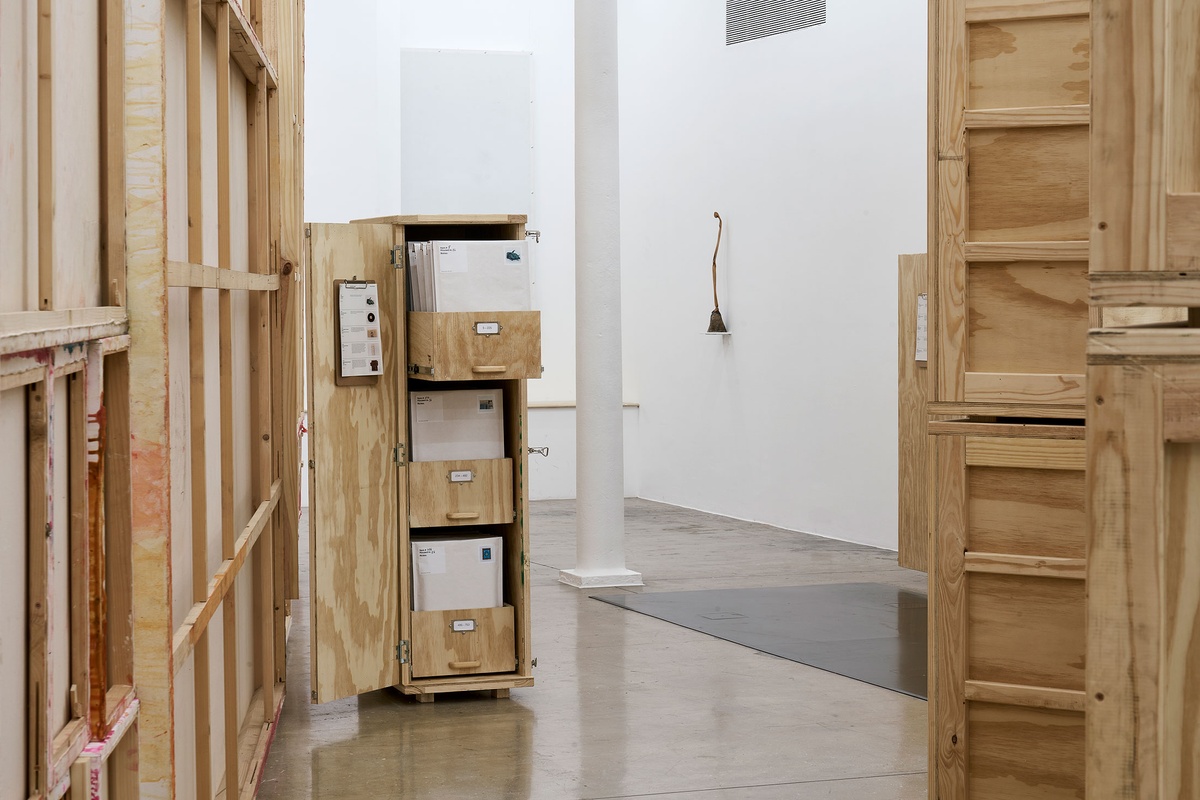Lucas Sithole
Described with only the barest details, the figure in Not You! is suffused with feeling; its form recalling the willowy branch from which it was carved. Eyes wide and mouth agape, the work echoes in affect the surprise, or shock, of the title’s disavowal. The delicate hands appear tightly wrung in a gesture of anxiety; the figure precariously balanced atop the base on which it stands. Though Not You! is a more mournful example of Lucas Sithole’s snake-like forms, the snake is not an inherently ominous figure. In Southern African belief systems, snakes are carriers of ancestral spirits, conveying both omens and promises – in real life and in the dream world.
b.1931, Springs; d.1994, Pongola
Among Lucas Sithole’s most astonishing works are those he sculpted from indigenous wood. “A tree,” he told writer Peter Anderson, “is like a human being…the branches represent the veins.” Then – “Stone is just a material.” And, later – “I always try to get the inside…” Where clay broke too easily, stone gave too little, and metal lacked warmth, wood offered the artist not only an ideal medium but the suggestion of form. He worked on salvaged branches, finding his many figures hidden beneath the bark. While Sithole’s sculptures made in other materials share a solidity in weight and form, his wooden works are more often slight and long, just as the tapering boughs from which they are carved. The artist spoke often of an Eswatini myth his grandmother told him, the story of a snake who lives in the rivers but longs for the sky. On the rare occasion its powers allow it to rise up to the clouds, the snake appears as a tornado, twisting upwards, only to fall back down to the river as rain. “This is why some of my figures are long,” Sithole said, evoking the fable’s unfulfilled desire, “they are longing for heaven.”





